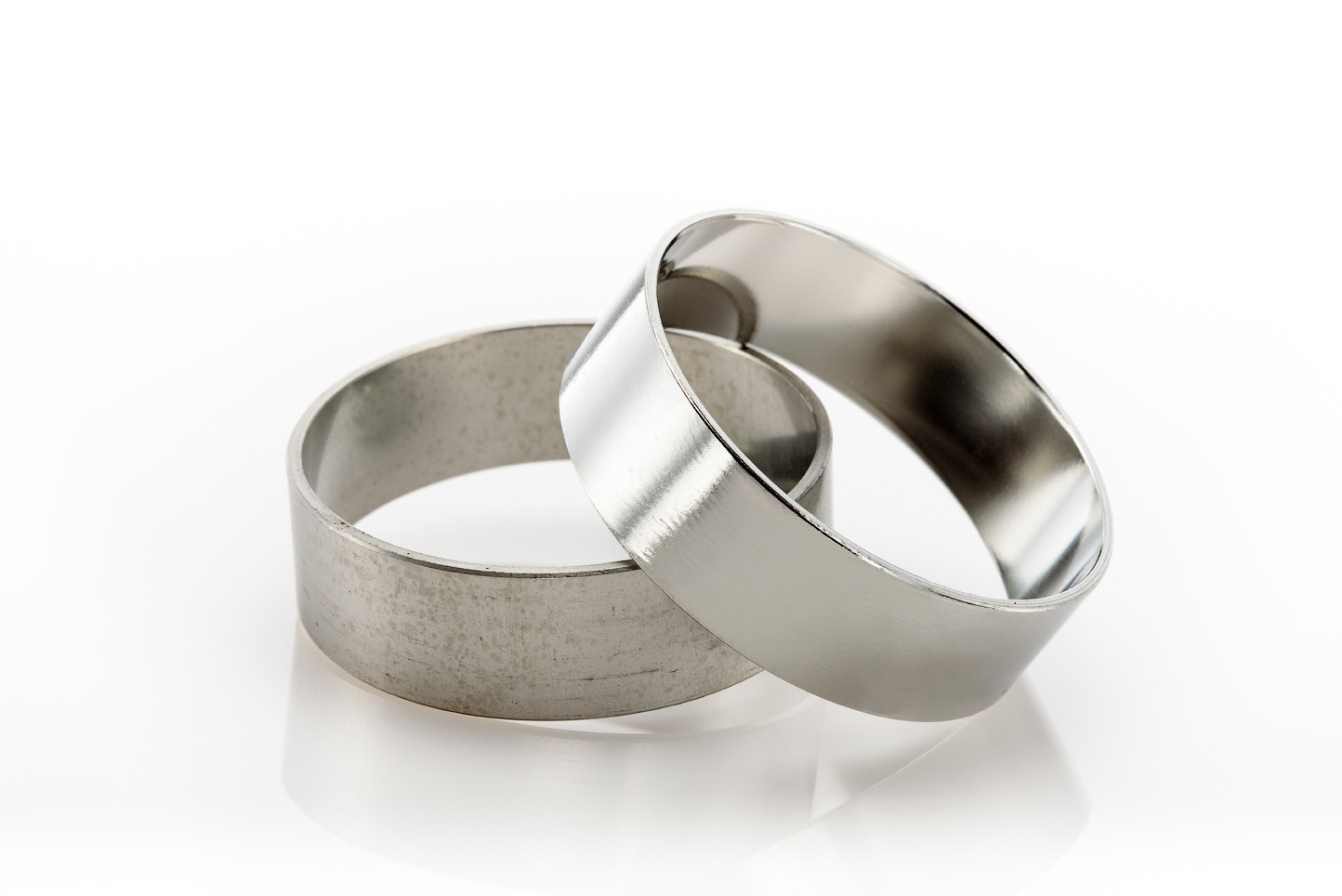Laser Slag Removal for Medical Parts
Electropolishing is an electro-chemical process that can help to remove “laser slag” – a heat affected zone left behind from the laser cutting process.
Laser Slag Removal For Medical Parts
Laser slag associated with drilled and cut holes is an unwanted effect of the laser cutting process. The heat from a laser raises material and creates a dark heat affected zone commonly referred to as slag and dros in the fabrication world. Laser slag removal is an essential step in the production of metal parts, particularly those used in the medical industry.
Many part manufacturers and commercial metal finishing facilities clean surface oxidation by immersing parts in a chemical-bath commonly referred to as acid pickling. While acid pickling can be effective, there are practical limitations to this cleaning process
Pickling while effective at removing discoloration has never been intended to remove burrs left from cutting. Many descaling agents are extremely aggressive and difficult to control. If not properly controlled, pickling can attack the base metal of metal parts creating potential dimensional and aesthetic abnormalities.
At New England Electropolishing, we use a two-step process that starts with a mild acid pickle cleaning process followed by electropolishing. This provides the benefits of both processes. With the acid pickle, we decontaminate the part and remove the discoloration. Electropolishing then removes burrs, resulting in a uniform, attractive finish that is easier to sterilize, something that has become critical in this coronavirus pandemic.
Electropolishing also has the added advantage of passivation, which restores the corrosion-resistant layer on the surface of stainless-steel manufactured parts for medical devices. And it enables us to produce finishes precisely calibrated to the needs of our customers.
Medical device manufacturers often want a matte finish on tools used in surgery to limit the possibility of reflective glare. For that, we have developed ElectroMatte™ Electropolishing, our proprietary metal and stainless-steel finishing process. It meets ASTM Standards for electropolishing and passivation while producing a non-reflective matte finish. NEE also is ISO 9001 and ISO 13485 certified, just two of its many certifications.
At NEE, we are dedicated to satisfying our customers by meeting even the most exacting deadlines for high volumes of parts for medical device electropolishing. Please contact us if you have any questions.
Electropolishing Resources
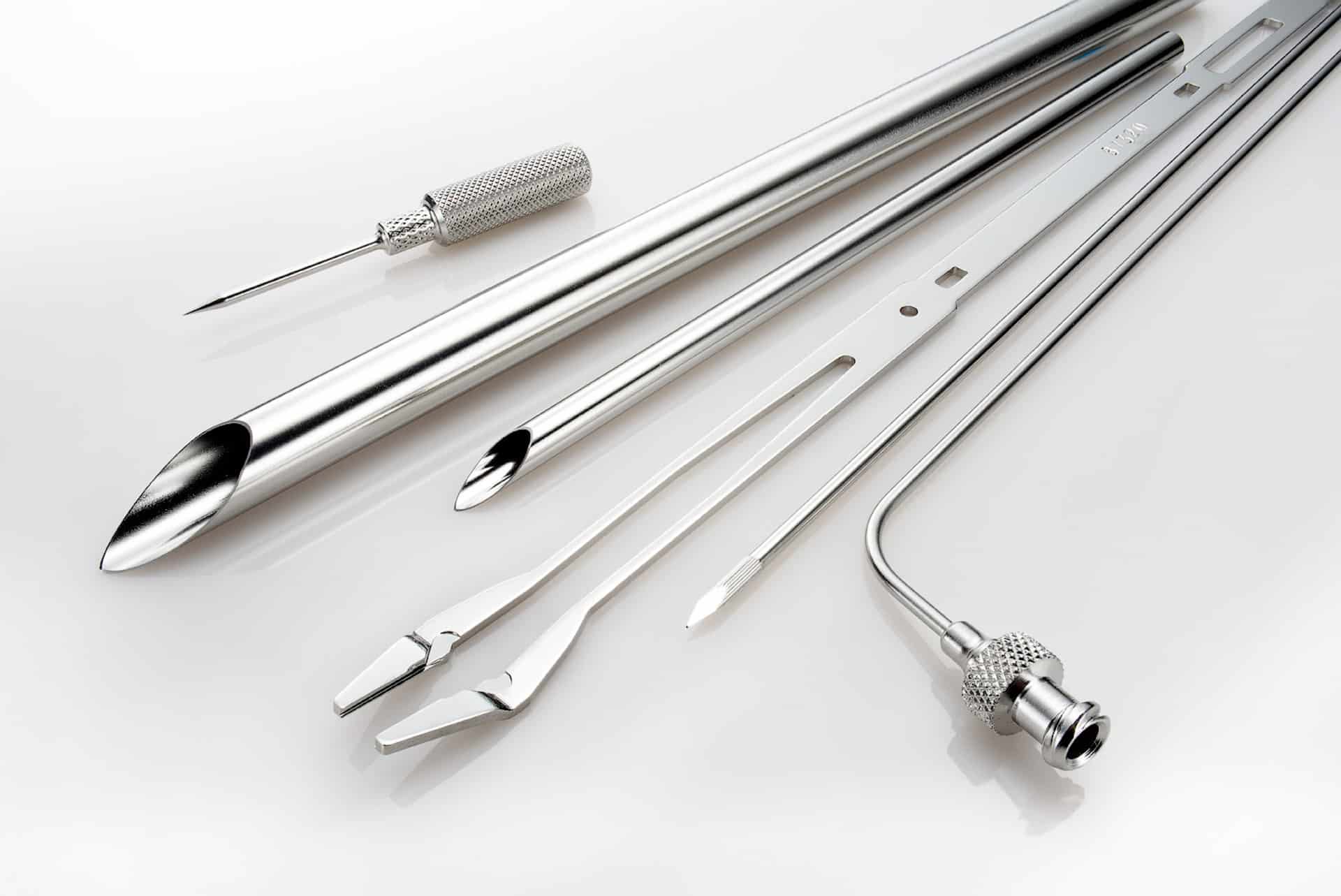
What is Electropolishing?
Electropolishing is an electrochemical and reverse plating process that removes the outer layer of skin on a metal...
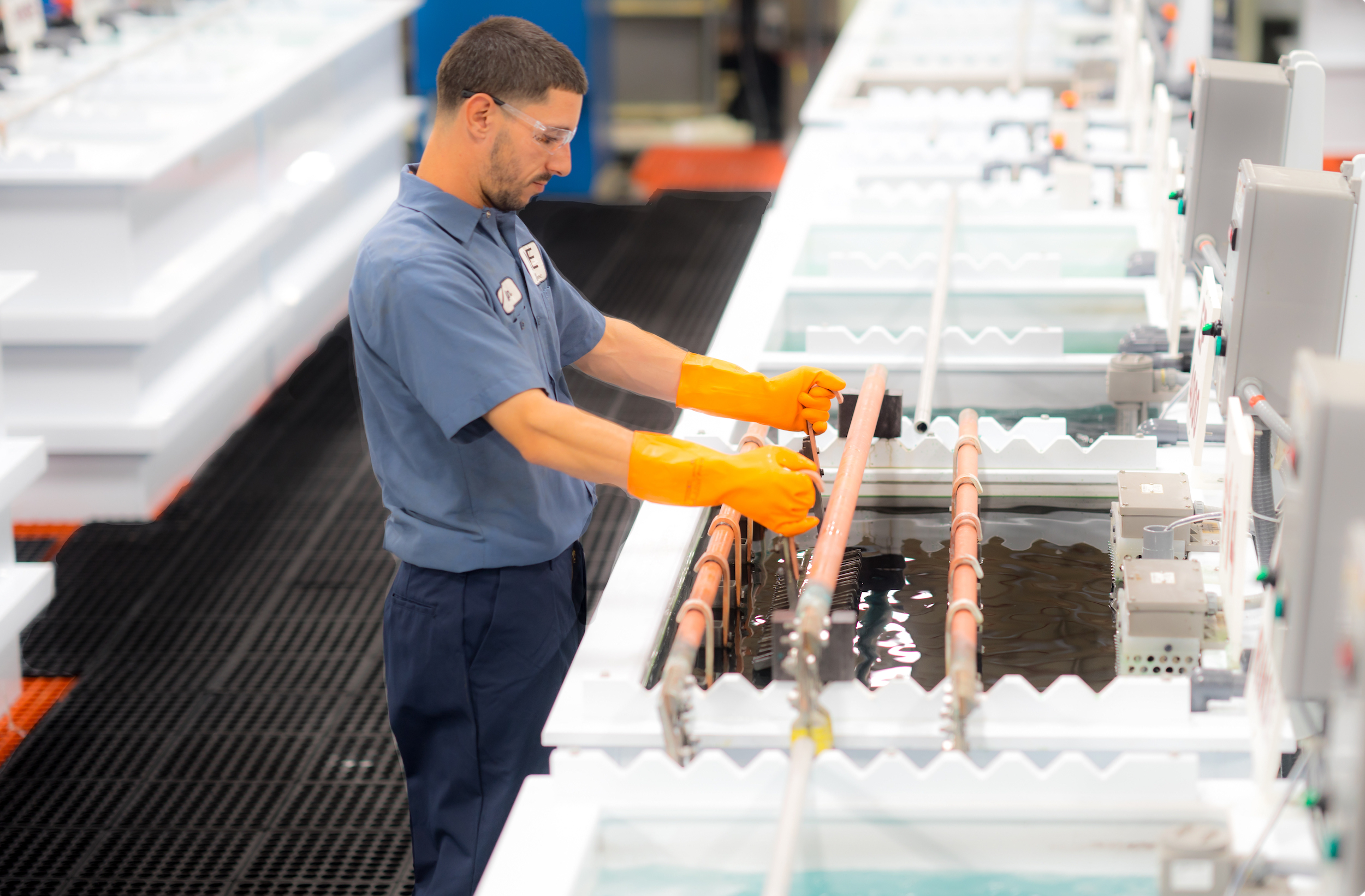
The Electropolishing Process
The electropolishing process is initiated by immersing a metal part into a temperature-controlled bath of electrolyte...
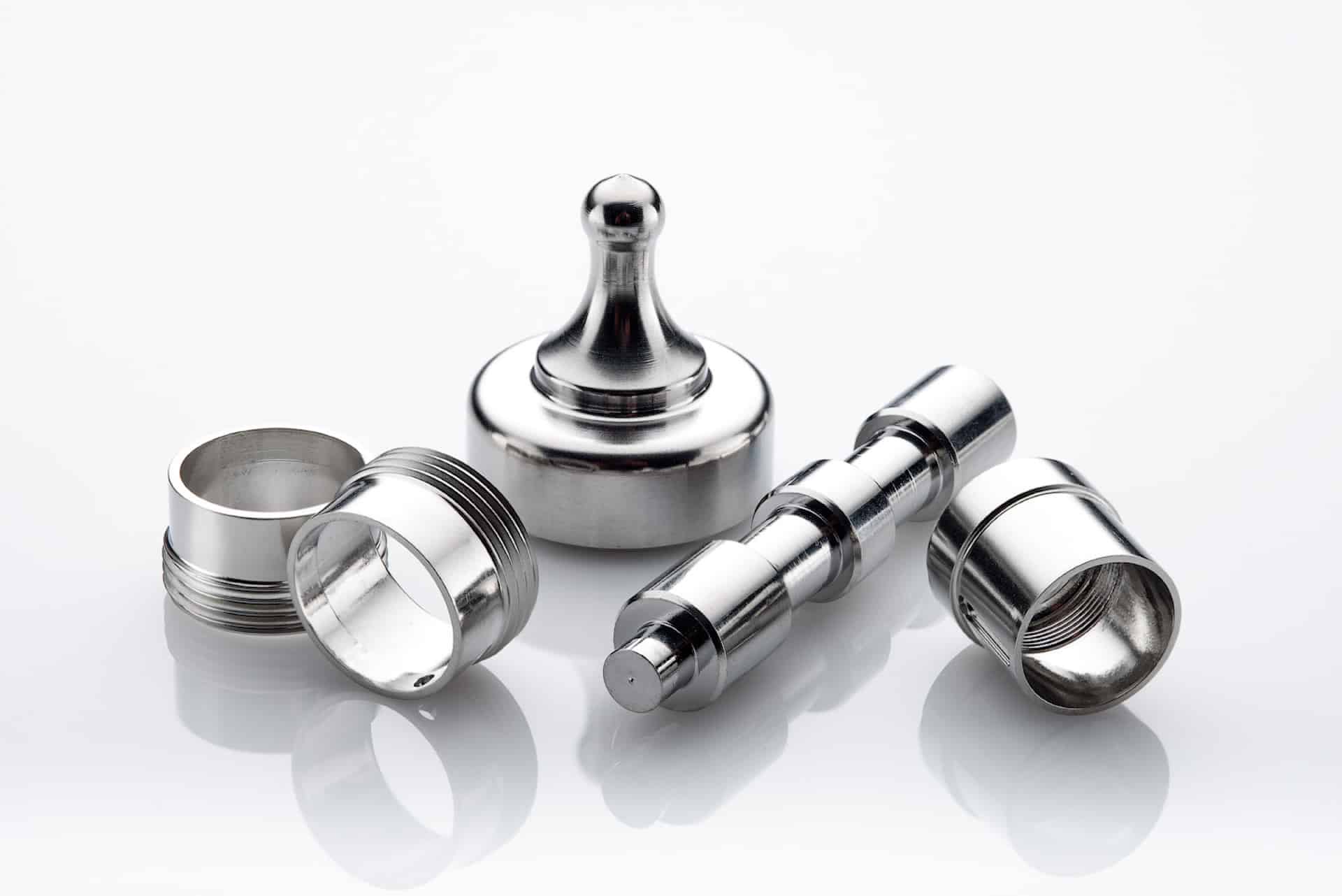
Benefits of Electropolishing
Curious about the benefits of putting your parts through the electropolishing process? Read along below where we...
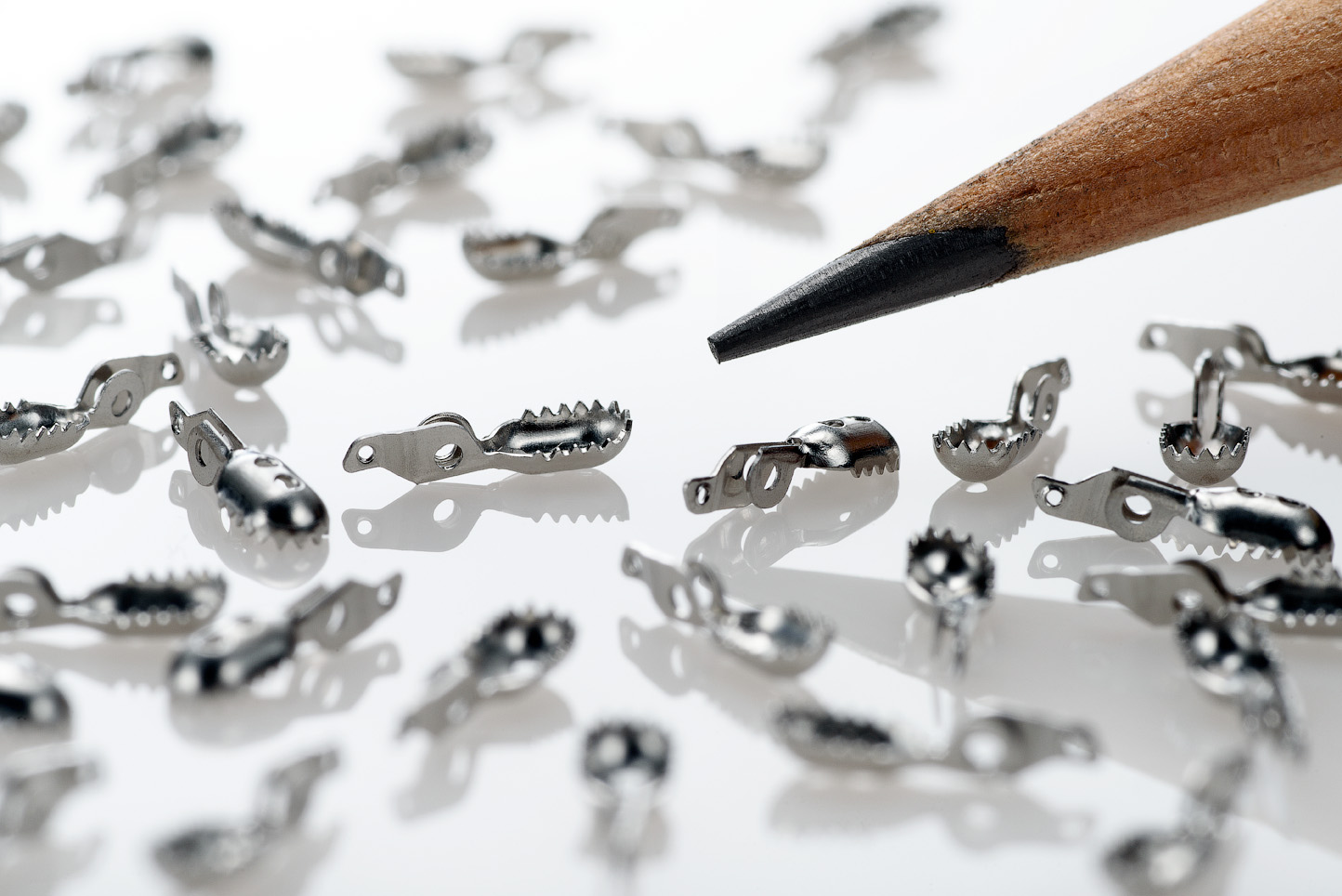
How Much Material Does Electropolishing Remove?
Electropolishing, when done properly is a highly controllable process which removes as little as...
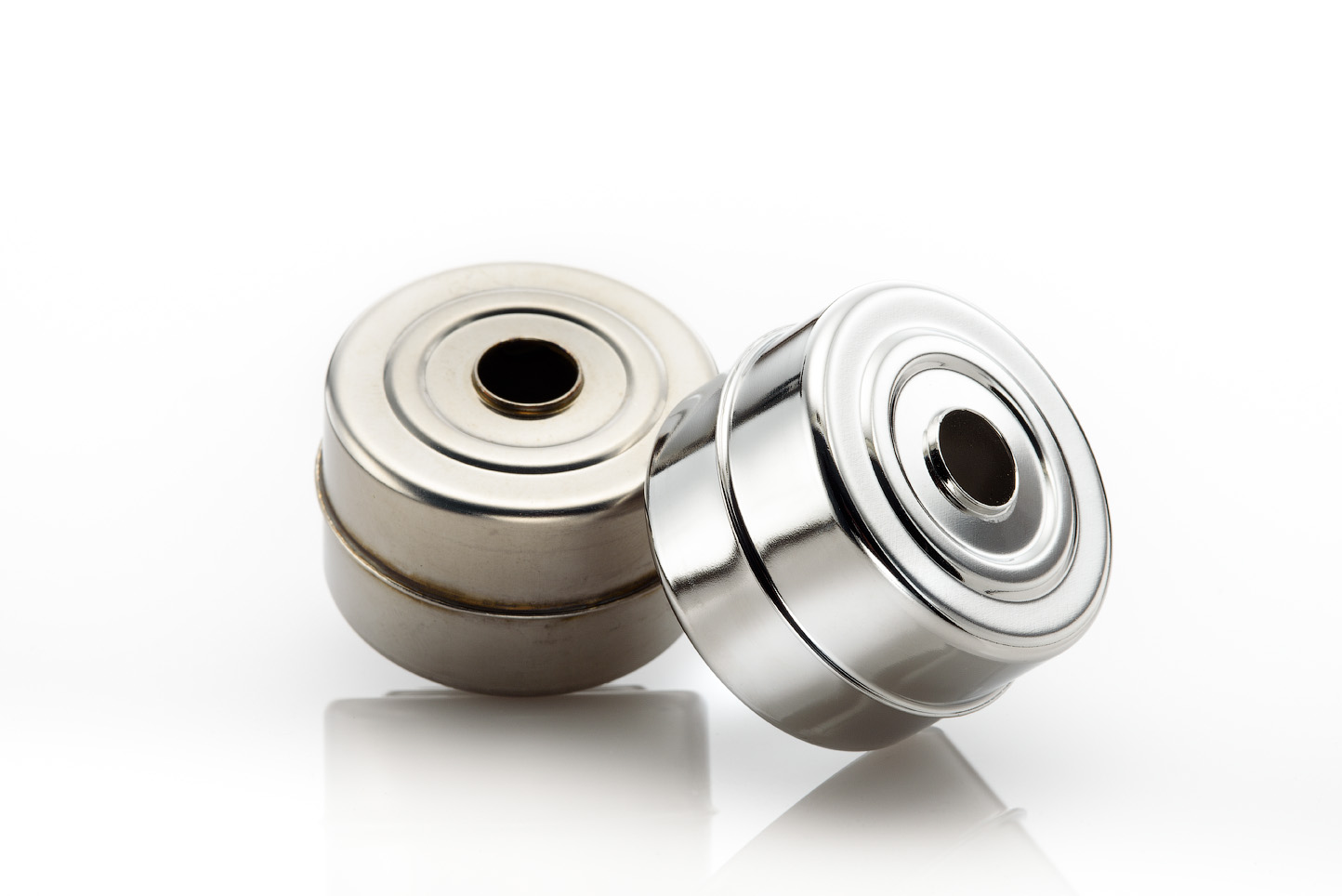
How Much Will Electropolishing Improve the Surface Finish of My Part?
Ra and RMS are both representations of surface roughness. Ra is calculated as the roughness average of a surface’s...
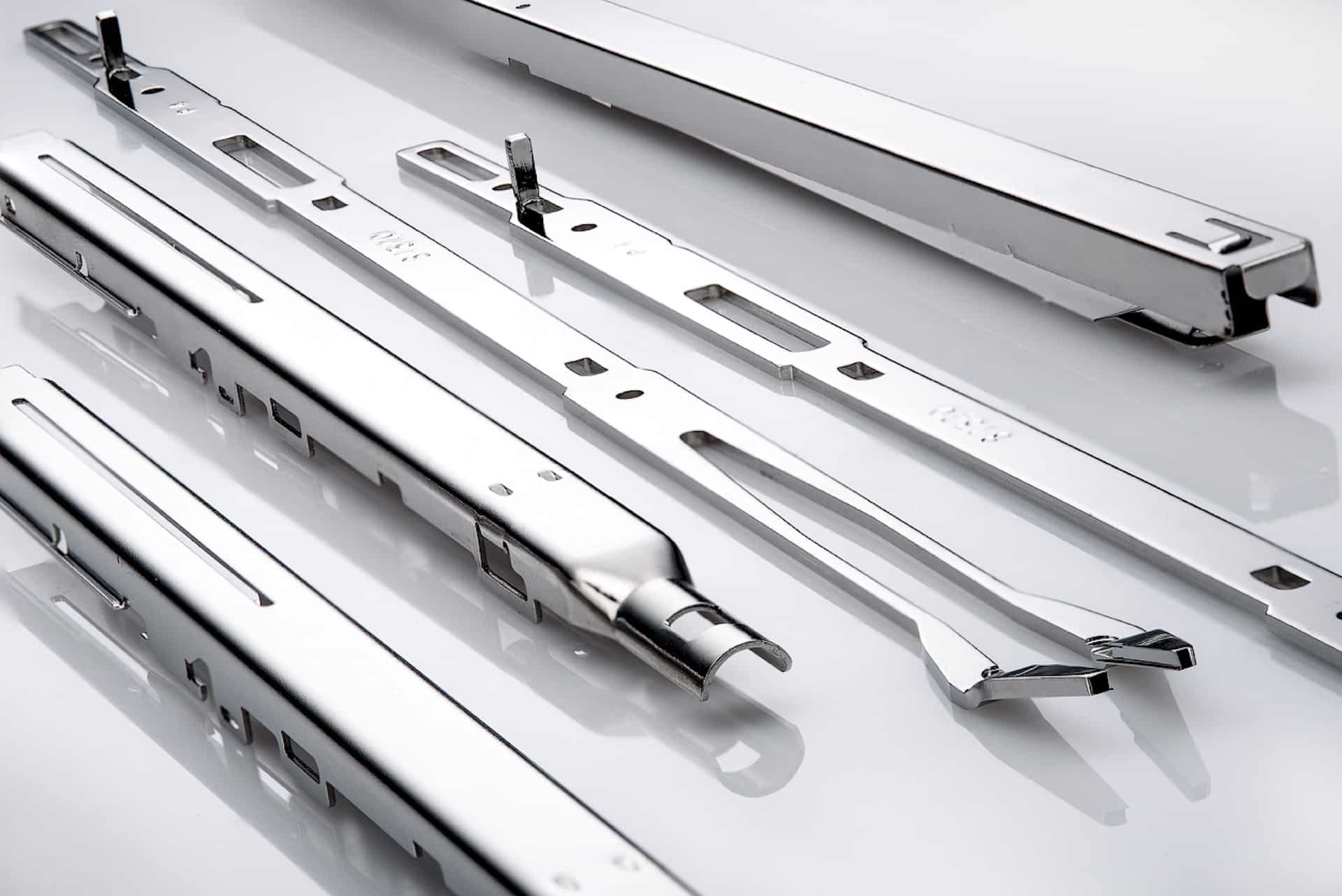
Electropolishing Frequently Asked Questions
Learn the difference between electropolishing and electroplating as well as how the electropolishing process works...
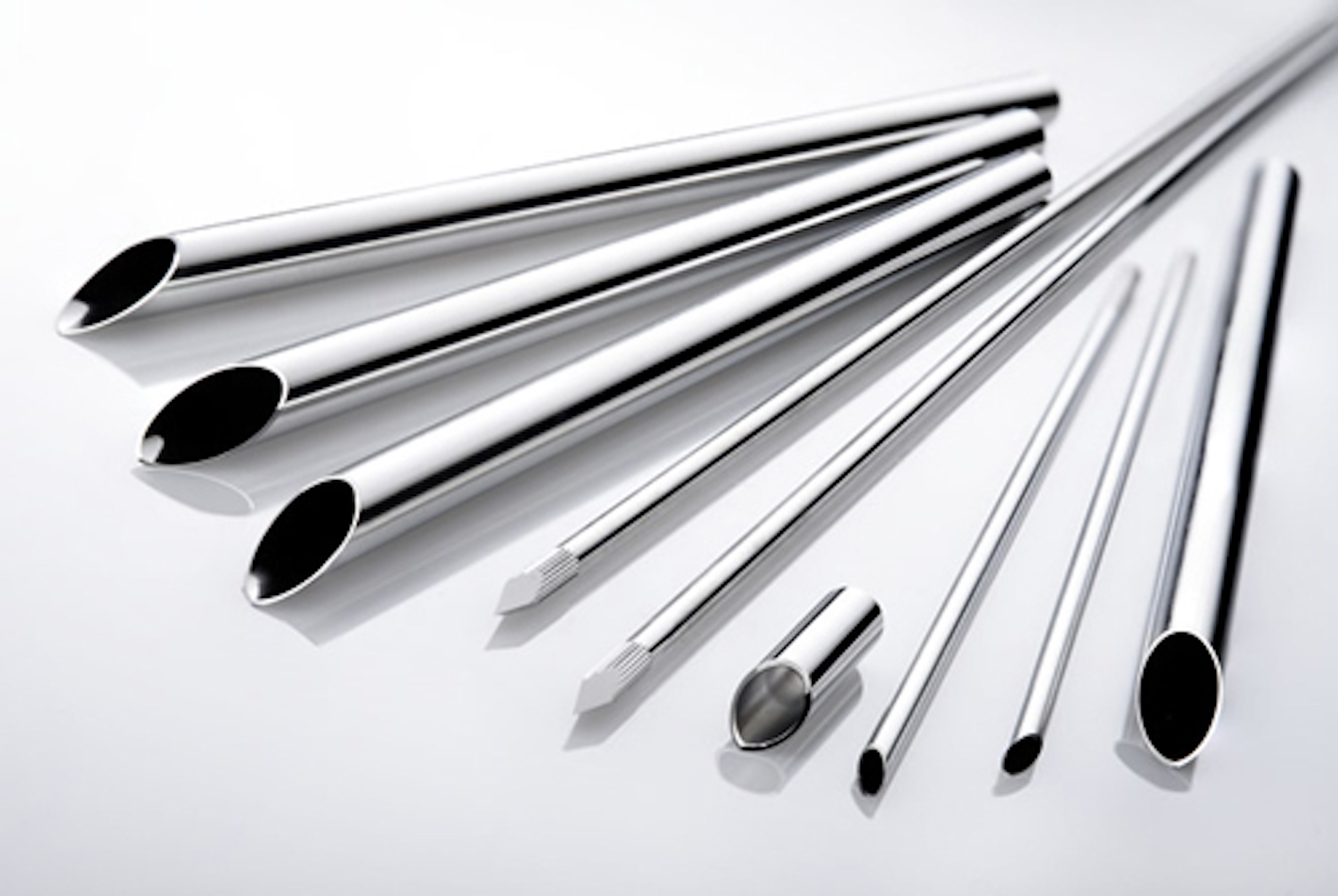
What is ASTM B912?
ASTM B912 is an industry standard for the passivation of stainless steel alloys through electropolishing...
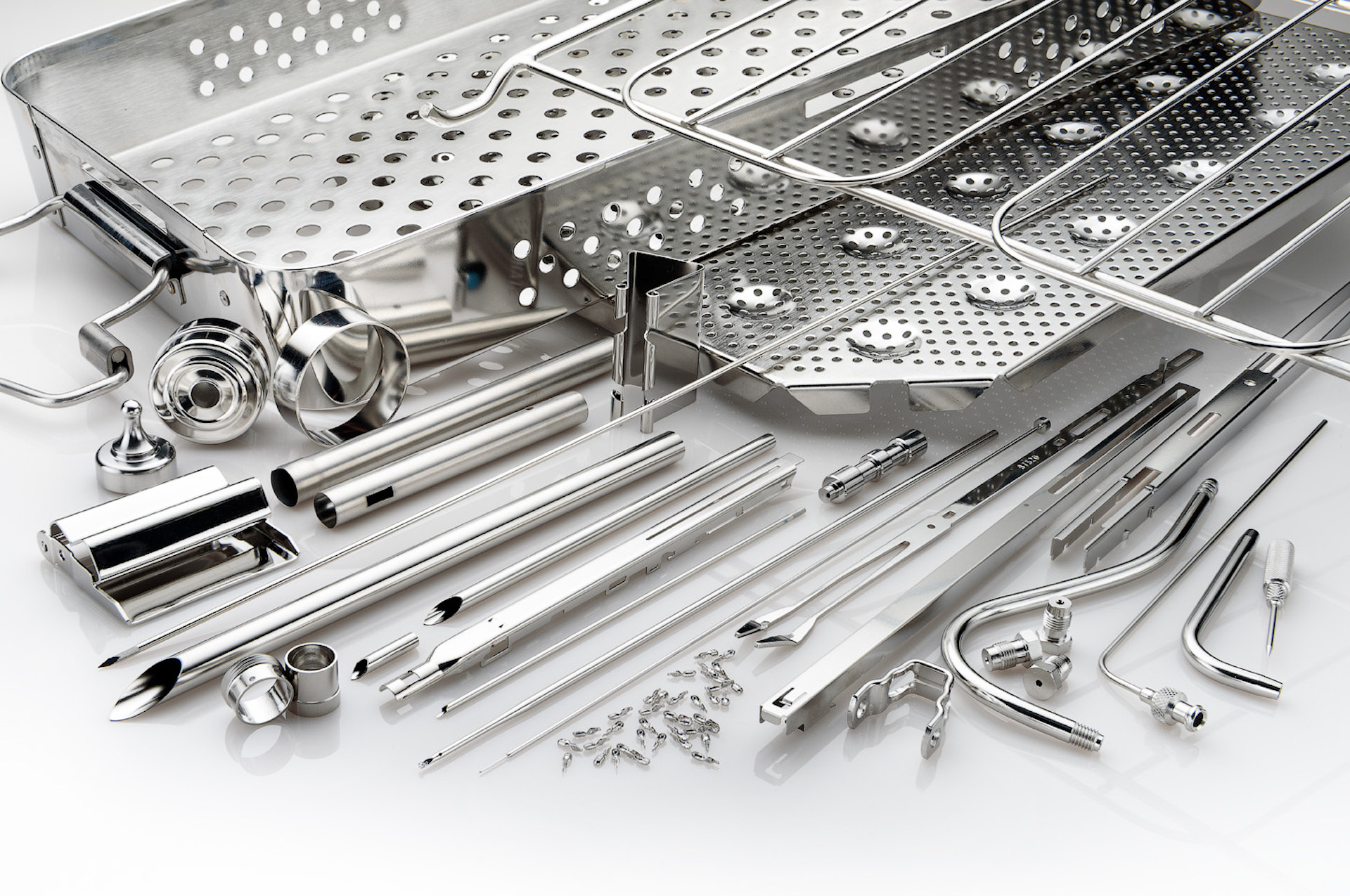
What is ASTM A967?
ASTM A967 is an industry standard specification for the chemical passivation treatments for stainless...
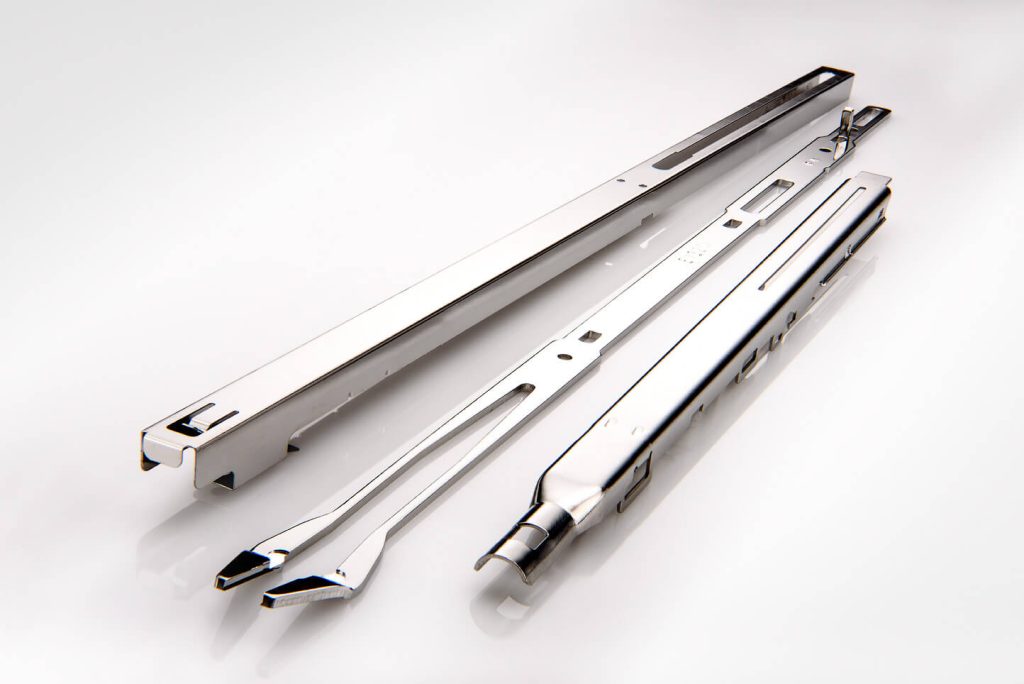
What is ISO 13485?
ISO 13485 is a standard that applies specifically to medical devices. ISO 13485 is designed to be...
